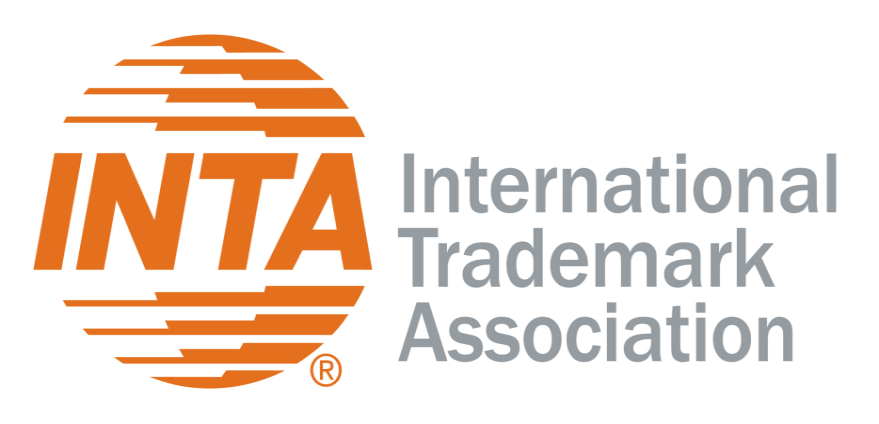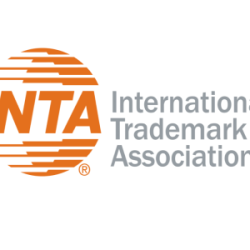The International Trademark Association (INTA) recently filed an amicus brief before the U.S. Supreme Court in Sulzer Mixpac AG v. A&N Trading Co., No.21-417, a case concerning the protection of product features as trademarks and the proper test for determining whether protection may be limited due to a feature’s functionality. In its brief, INTA argues that the Court should grant a petition for certiorari and agree during its upcoming term to hear the appeal from the U.S. Court of Appeals for the Second Circuit’s decision.
The underlying dispute in this case concerns whether candy-colored mixing tips used for dental adhesives are functional and therefore not protectable as trademarks under U.S. law. The Second Circuit reversed a district court decision in which the candy-colored components (the product features) were deemed not functional and protectable as trade dress. While the Second Circuit did not find the candy-colored mixing tips to be functional under traditional standards for assessing utilitarian and aesthetic functionality, it held that they were functional because they corresponded to the sizes of mixing tips (i.e., each color represents a different size) and were therefore useful to dental practitioners.
In its amicus brief, INTA identifies multiple problems with the Second Circuit’s approach, as well as conflicting opinion among the various circuit courts when it comes to addressing functionality. First, the Second Circuit’s approach is initially problematic because it conflates the well-established tests created by the U.S. Supreme Court for establishing utilitarian and aesthetic functionality.
In addition to failing to apply the proper test, INTA argues that the Second Circuit’s decision is problematic because it inserts further discord and confusion into an important area of trademark law. Despite clear Supreme Court precedent regarding the proper tests for assessing functionality, many circuits have failed to apply the tests at all or have adopted divergent frameworks. Clarity regarding a single, nationwide standard would benefit brand owners and prevent forum shopping, the Association emphasized.
About the International Trademark Association
The International Trademark Association (INTA) is a global association of brand owners and professionals dedicated to supporting trademarks and related intellectual property (IP) to foster consumer trust, economic growth, and innovation. Members include nearly 6,500 organizations, representing more than 34,350 individuals (trademark owners, professionals, and academics) from 185 countries, who benefit from the Association’s global trademark resources, policy development, education and training, and international network. Founded in 1878, INTA is headquartered in New York City, with offices in Beijing, Brussels, Santiago, Singapore, and Washington, D.C., and a representative in New Delhi. For more information, visit inta.org.








